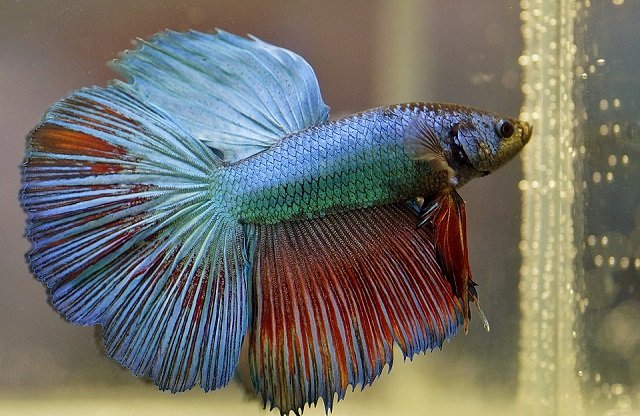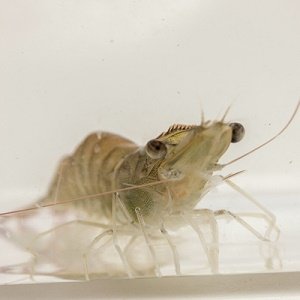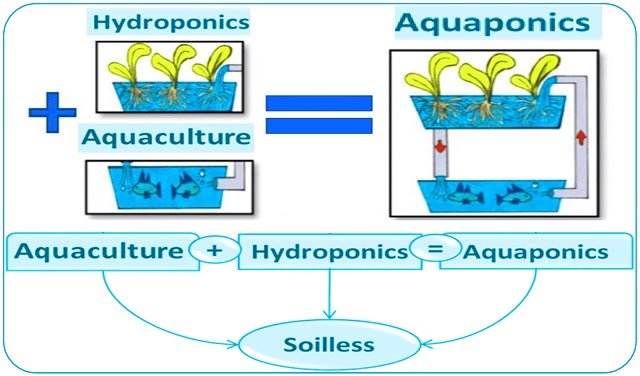
In the constant search for more efficient and sustainable aquaculture, nutrition plays a starring role. For commercially important species like panga (Pangasius hypophthalmus), optimizing feed not only means reducing costs—which can account for up to 70-90% of total production —but also strengthening fish health and reducing reliance on antibiotics and chemicals.
A recent study published in Scientific Reports by researchers from the University of Karachi, Curtin University, the University of Zakho, and Government Postgraduate College Satellite Town, among other academic organizations, sheds light on a promising solution: the use of phytogenic additives. Researchers evaluated the effect of medicinal plant extracts such as turmeric, garlic, and aloe vera in the panga’s diet, and the results are more than encouraging for the future of the sector.
The challenge: sustainable and profitable aquaculture
Panga farming is fundamental for food security and the economy of many regions. Its rapid growth and tolerance make it an ideal candidate for aquaculture. However, intensive growth brings challenges, mainly outbreaks of bacterial diseases such as those caused by Aeromonas hydrophila, which lead to significant economic losses.
The traditional use of antibiotics to combat these diseases is increasingly questioned due to the generation of bacterial resistance and concerns about residues in the final product and the environment. This is where phytotherapy, or the use of medicinal plants, emerges as a safe, effective, and ecological alternative.
The study: testing the power of plants
To understand the real impact of these additives, scientists designed a 70-day experiment. Five different diets were evaluated in tanks with 2,000 panga juveniles each, with an initial weight of just 0.2 grams:
- T1: Diet with 5% turmeric extract.
- T2: Diet with 5% garlic extract.
- T3: Diet with 5% aloe vera extract.
- T4: Diet with a 5% mixture of the three extracts (turmeric, garlic, and aloe vera).
- T5: Control diet, without phytogenic additives.
During the trial, key parameters such as growth, weight gain, survival rate, and feed conversion ratio (FCR) were monitored, in addition to the overall health of the fish.
Key results: a mixture that makes a difference
Although all additives showed improvements compared to the control group, the combination of turmeric, garlic, and aloe vera (diet T4) proved to be the winning formula, with significantly superior results on all fronts.
Stay Always Informed
Join our communities to instantly receive the most important news, reports, and analysis from the aquaculture industry.
- Superior growth: Fish fed the T4 diet reached the highest final weight (42.22 g), the greatest weight gain, and the highest specific growth rate (SGR) (7.57% per day).
- 100% survival: The T4 diet achieved a perfect 100% survival rate, in contrast to the 90% of the control group.
- Maximum feed efficiency: The Feed Conversion Ratio (FCR) was the lowest in the T4 group (0.8). This means that these fish needed less feed to gain one gram of weight, which directly translates to greater profitability.
- Better overall health: This group also showed the best health indicators, such as the viscerosomatic index and condition factor, demonstrating superior general well-being.
It is important to note that the diets with turmeric (T1) and, to a lesser extent, garlic (T2) and aloe vera (T3) also outperformed the control group, confirming the individual benefit of each plant.
Beyond growth: an effective treatment against infections
Perhaps one of the most relevant findings of the study was the demonstration of the therapeutic power of these additives. At the end of the growth trial, a 10-day phytotherapy phase was conducted. Fish showing signs of bacterial infection by Aeromonas hydrophila (the cause of Motile Aeromonas Septicemia) were fed exclusively with the mixed diet (T4).
The results were remarkable. A blood analysis before and after the treatment revealed a significant recovery:
- Hemoglobin and red blood cell (RBC) levels increased, indicating recovery from the anemia caused by the infection.
- White blood cell (WBC) counts decreased, suggesting a reduction in the inflammatory response as the infection was brought under control.
Other key blood parameters normalized, confirming the effectiveness of the phytotherapeutic treatment in recovering the sick fish.
Conclusions for the panga farmer
This study is not just an academic breakthrough; it offers a roadmap with practical and direct implications for Pangasius producers.
- Sustainable nutritional strategy: Incorporating a mixture of turmeric, garlic, and aloe vera into the diet is a proven way to improve productive performance naturally and ecologically.
- Cost reduction and increased profitability: A better FCR and faster growth can shorten production cycles and reduce feed expenses, positively impacting the farm’s profitability.
- Dual-purpose tool: These additives not only act as growth promoters but also as a health management tool, strengthening the fish’s immune system and functioning as an effective treatment against common bacterial infections.
In short, the research confirms that phytogenic additives are much more than a supplement. They represent an integral and sustainable strategy for building a more resilient, productive panga aquaculture that is in harmony with market and environmental demands.
Contact
Habib Ul Hassan
Department of Zoology (MRC & RC), University of Karachi
Karachi, 75270, Pakistan
School of Molecular and Life Science, Curtin University
Perth, 6845, Australia
Email: habib5447@gmail.com
Reference (open access)
Hassan, H.U., Ali, A., Al Sulivany, B.S.A. et al. Investigation of the effects of phytogenic dietary additives on growth performance, nutrient utilization, economic efficiency and health of Pangasius hypophthalmus : implications for sustainable aquaculture development. Sci Rep 15, 22661 (2025). https://doi.org/10.1038/s41598-025-03658-5
Editor at the digital magazine AquaHoy. He holds a degree in Aquaculture Biology from the National University of Santa (UNS) and a Master’s degree in Science and Innovation Management from the Polytechnic University of Valencia, with postgraduate diplomas in Business Innovation and Innovation Management. He possesses extensive experience in the aquaculture and fisheries sector, having led the Fisheries Innovation Unit of the National Program for Innovation in Fisheries and Aquaculture (PNIPA). He has served as a senior consultant in technology watch, an innovation project formulator and advisor, and a lecturer at UNS. He is a member of the Peruvian College of Biologists and was recognized by the World Aquaculture Society (WAS) in 2016 for his contribution to aquaculture.




